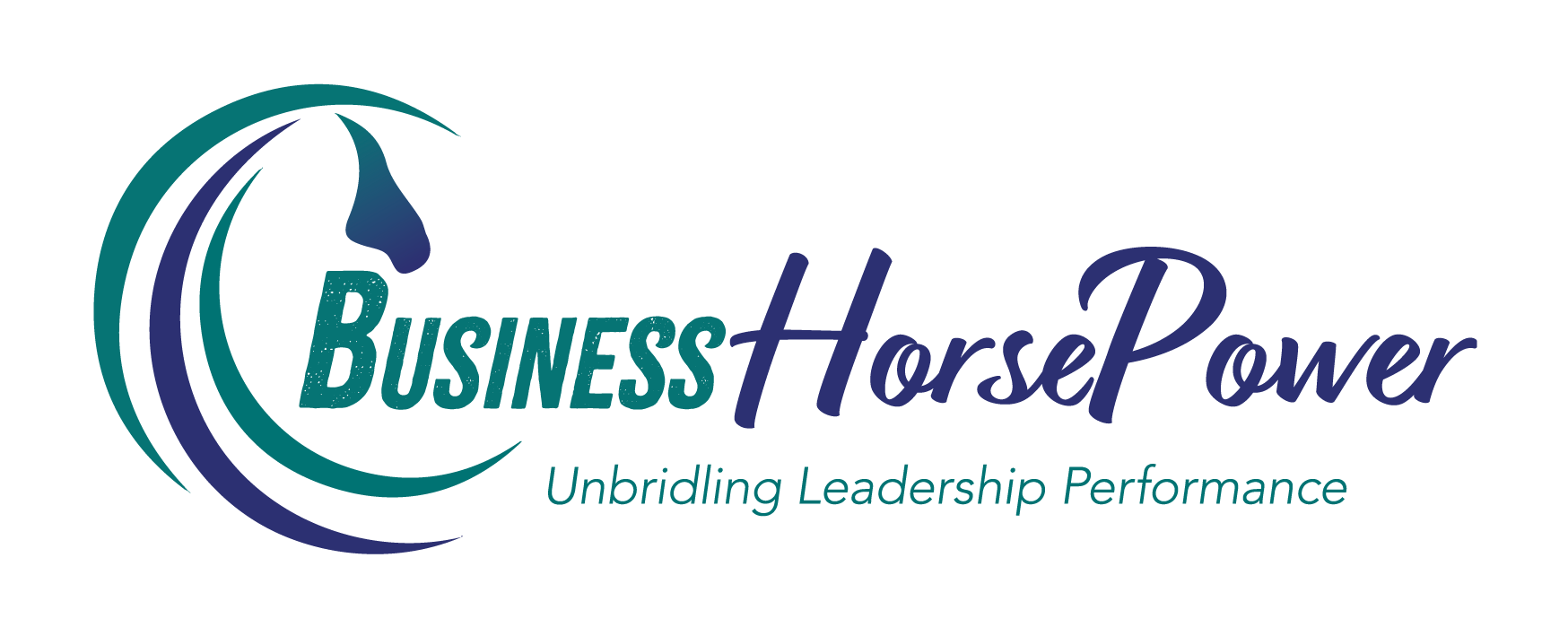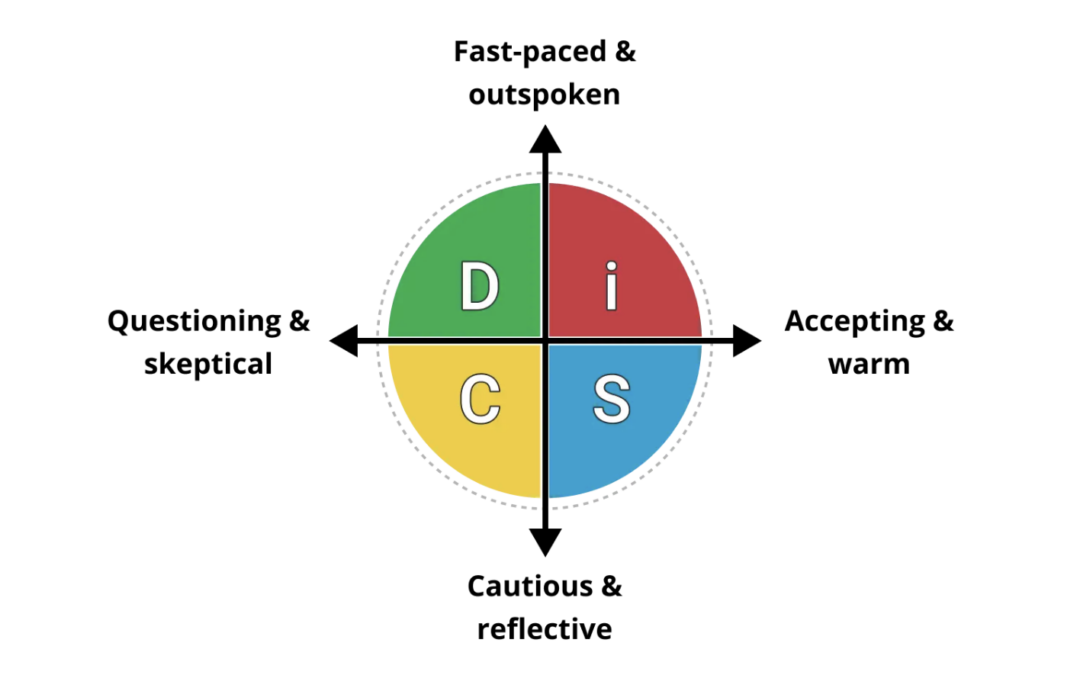In the latest episode of IMPACTFUL Teamwork, I dived into the fascinating world of DiSC profiling and how understanding personality styles can empower your team members. Whether you’re a seasoned leader or just beginning to explore team dynamics, this episode offers actionable insights into how DiSC profiles—Dominance (D), Influence (I), Steadiness (S), and Conscientiousness (C)—can help you adapt your leadership style to meet the unique needs of your team.
What is DiSC Profiling?
DiSC is a behavioral assessment tool that categorizes personality types into four distinct styles:
- Dominance (D): Direct, firm, and results-oriented.
- Influence (I): Outgoing, enthusiastic, and people-focused.
- Steadiness (S): Even-tempered, accommodating, and reliable.
- Conscientiousness (C): Analytical, reserved, and detail-oriented.
These styles are determined by two intersecting axes:
- Fast-Paced & Outspoken ↔ Cautious & Reflective
- Questioning & Skeptical ↔ Accepting & Warm
By understanding where your team members fall on this spectrum, you can tailor your leadership approach to empower them effectively.
Why Empowerment Matters
Empowerment is more than delegating tasks. It’s about enabling team members to act independently, make decisions, and take ownership of their roles. Here’s why it’s crucial:
- Fosters Growth: Encourages personal and professional development.
- Reduces Bottlenecks: Frees up leaders to focus on strategic priorities.
- Boosts Engagement: Increases job satisfaction and team productivity.
- Encourages Innovation: Diverse perspectives lead to creative problem-solving.
- Builds Accountability: Fosters a culture of ownership and responsibility.
How to Empower Each DiSC Profile
1. Dominance (D): Empower Through Authority
Traits: Fast-paced, outspoken, questioning, and results-driven.
What They Need: Autonomy and challenges that match their ambition.
How to Empower:
- Define Boundaries: Clearly outline their decision-making authority.
- Assign High-Impact Projects: Leverage their drive and energy.
- Support Their Decisions: Even if their approach differs, trust their process.
- Redirect Constructively: When necessary, explain why changes are made.
Stretch Opportunity: Encourage them to collaborate with others, even when it feels outside their comfort zone.
2. Influence (I): Empower Through Connections
Traits: Fast-paced, outspoken, accepting, and sociable.
What They Need: Visibility and opportunities to collaborate.
How to Empower:
- Facilitate Networking: Introduce them to key stakeholders.
- Include in Meetings: Help them learn through observation and contribution.
- Encourage Collaboration: Coach them on organisational dynamics and relationship-building.
- Provide Recognition: Celebrate their energy and contributions.
Stretch Opportunity: Guide them to focus on details and follow through on commitments.
3. Steadiness (S): Empower Through Guidance
Traits: Cautious, reflective, accepting, and dependable.
What They Need: Reassurance and encouragement.
How to Empower:
- Provide Regular Feedback: Check in frequently to build their confidence.
- Create a Safe Environment: Encourage experimentation and normalize mistakes.
- Highlight Strengths: Reinforce their contributions and value to the team.
- Offer Stability: Be consistent in your support during times of change.
Stretch Opportunity: Challenge them to adapt to faster-paced tasks or situations.
4. Conscientiousness (C): Empower Through Clarity
Traits: Cautious, reflective, questioning, and precise.
What They Need: Detailed information and time to process.
How to Empower:
- Set Clear Expectations: Define goals, deadlines, and standards.
- Provide Resources: Ensure they have all the information needed to succeed.
- Be Patient: Allow them time to analyze and make decisions.
- Encourage Imperfection: Help them overcome fear of mistakes to move forward.
Stretch Opportunity: Push them to make quicker decisions and embrace uncertainty.
Actionable Summary: Steps to Empower Your Team
Step 1: Identify Profiles
- Observe your team members’ behaviors and communication styles.
- Use the DiSC framework to map each individual’s dominant profile.
Step 2: Tailor Your Leadership Approach
- Adapt your style to meet their needs, focusing on authority, connection, guidance, or clarity.
Step 3: Elevate and Stretch
- Elevate by providing the tools and confidence to succeed.
- Stretch by challenging them to step outside their comfort zones.
Step 4: Foster Collaboration
- Use DiSC to improve team communication and understanding. Encourage diverse perspectives to enhance problem-solving.
Final Thoughts
Leadership isn’t one-size-fits-all. By leveraging tools like DiSC, you can unlock the potential of your team, fostering growth, collaboration, and success. Remember, empowering your team starts with understanding their unique needs and adapting your approach to bring out their best.
If you’re ready to dive deeper into DiSC or explore team-building workshops, reach out to me at julia@businesshorsepower.com. Together, we can create teams that are collaborative, empowered, and ready to thrive.
Show Notes:
Here are the highlights from this episode:

Julia Felton (aka The Business Wrangler) is the founder of Business HorsePower. Business leaders, entrepreneurs and executives hire her to accelerate their business performance by harnessing the energy of their people to work more collaboratively together. By aligning purpose with actions the team achieves exponential results as everyone starts pulling in the same direction.
Julia believes that business is a force for good and through designing purpose-driven businesses that leverage the laws of nature, and the herd, you can create businesses founded on the principles of connection, collaboration and community that make a significant impact in the world.







